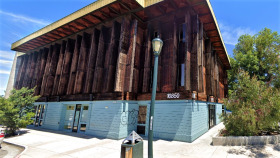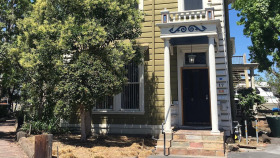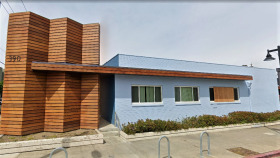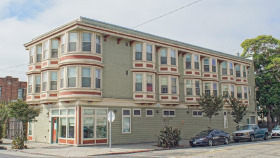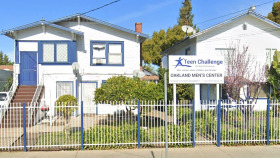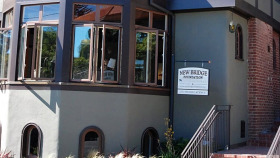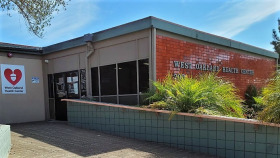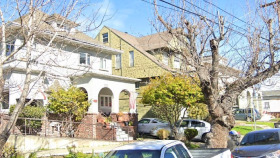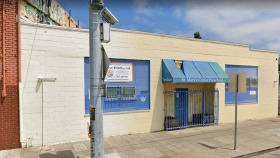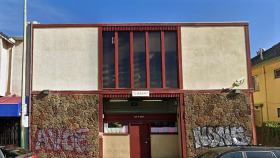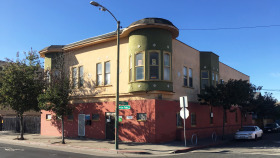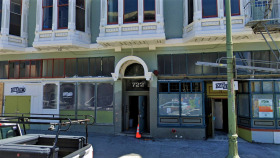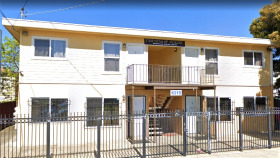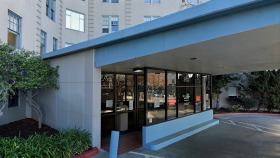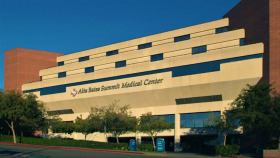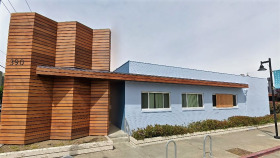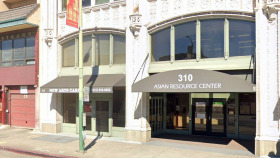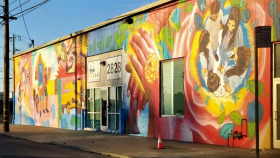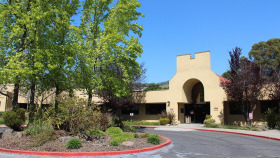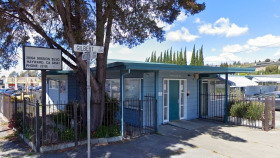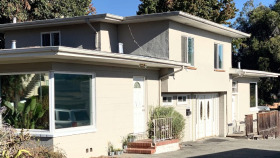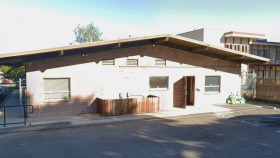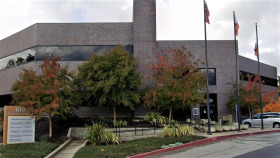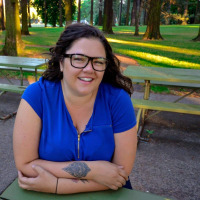Expert Insights
I am a big supporter of making medication-assisted treatment more available to treat opioid addiction, and I think we are making great strides in Oakland through MAT programs. But, we also need to turn our attention to meth, in my opinion. Major cities on the west coast in Oakland and Portland are experiencing major problems with meth use. It’s a cheap drug that is becoming more widely available and deadly, unknowingly to the people using it. While it can help people experiencing homelessness be more alert and survive extreme poverty, the supply is killing people because it is laced with fentanyl. The media are not giving this issue enough attention because they want to pretend that it’s an issue for houseless people undeserving of attention. But, these people deserve care and treatment, and it is using resources. We’d be better placed, in my opinion, in providing more shelters, safe drug supplies, and fentanyl testing kits. We’ll save more lives and get more people into addiction treatment, which will save our resources in the long run.
~ Olivia Pennelle
How Does Oakland Compare in Alcohol and Drug Use?
If you are ready to enroll in alcohol or drug rehab in Oakland, you can choose from many treatment centers. More than 30 rehab facilities are within the city limits. Many offer various payment options to make treatment accessible.
Oakland is home to several nonprofit and state-funded treatment centers that provide free and reduced-cost rehab programs for people in need. If you have health insurance, centers for drug and alcohol rehab in Oakland also accept several providers to make treatment affordable.
Oakland, California, is in Alameda County, where alcohol and drug use have been serious concerns throughout the community. Opioid misuse is particularly problematic, with nearly 450 opioid-related emergency room visits and 144 fatalities occurring in 2020 alone.
Other noteworthy Oakland and Alameda County drug and alcohol statistics include:
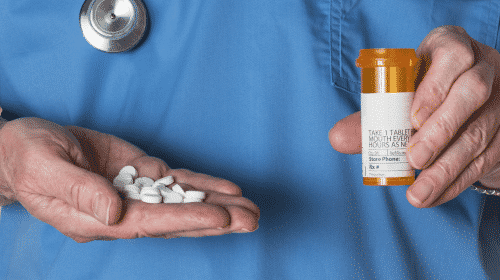
In 2016, roughly 79,200 Alameda County residents reported misusing opioids

14,300 Alameda County residents met the criteria for opioid use disorder in 2016

Between 2020 and 2021, nearly 2,100 people in Alameda County received opioid maintenance treatment

Nearly 3,600 residents entered treatment programs at county-funded rehabs between 2020 and 2021
In 2019, roughly 16% of Alameda County residents reported binge drinking at least once monthly
Roughly 2% of Alameda County residents visited the emergency room for substance use between 2016 and 2018
Alcohol and Drug Laws in Oakland, California
California Good Samaritan Overdose Prevention Law: During a suspected overdose, promptly calling 911 can save a life. But because many people fear the possible legal repercussions of involvement in an overdose situation, they may hesitate to call for emergency medical assistance.
The California Good Samaritan Overdose Prevention Law was enacted to protect people from prosecution when they call for emergency help during an overdose. However, protection is limited to individuals in possession of substances intended for personal use only.
Addiction Treatment for Individuals Incarcerated, Non-Violent Offenders: The State of California recognizes that many incarcerated individuals may benefit from treatment for substance use disorders.
As such, its Proposition 36 initiative offers individuals convicted of nonviolent drug possession a choice between rehab and incarceration. However, California jails only offer this option to first- and second-time offenders.
California Protections for Employees Who Voluntarily Enter Rehab: California Labor Code Section 1025-1028 requires employers with at least 25 staff members to accommodate individuals who voluntarily enroll in addiction treatment.
Accommodations provided by employers can vary but may include unpaid time away from work with job security or permission to use sick days or vacation time.
There are many centers for alcohol and drug rehab in Oakland that can help you reach your addiction recovery goals. If you need assistance finding the right program for your unique needs, preferences, and budget, please call
800-681-1058
(Sponsored)
.
Resources
- California Department of Public Health. (2022). California Overdose Surveillance Dashboard, Alameda County Dashboard.
- Alameda County Behavioral Health Care Services. (2021). Data Dashboard, SUD Demographics, Modality.
- Healthy Alameda County. (2022). Adults Who Binge Drink: Last 30 Days. City/Place: Alameda. Centers for Disease Control and Prevention: PLACES. Conduent Healthy Communities Institute.
- National Center for PTSD. (2020). Treatment of Co-Occurring PTSD and Substance Use Disorder in VA. U. S. Department of Veterans Affairs.


